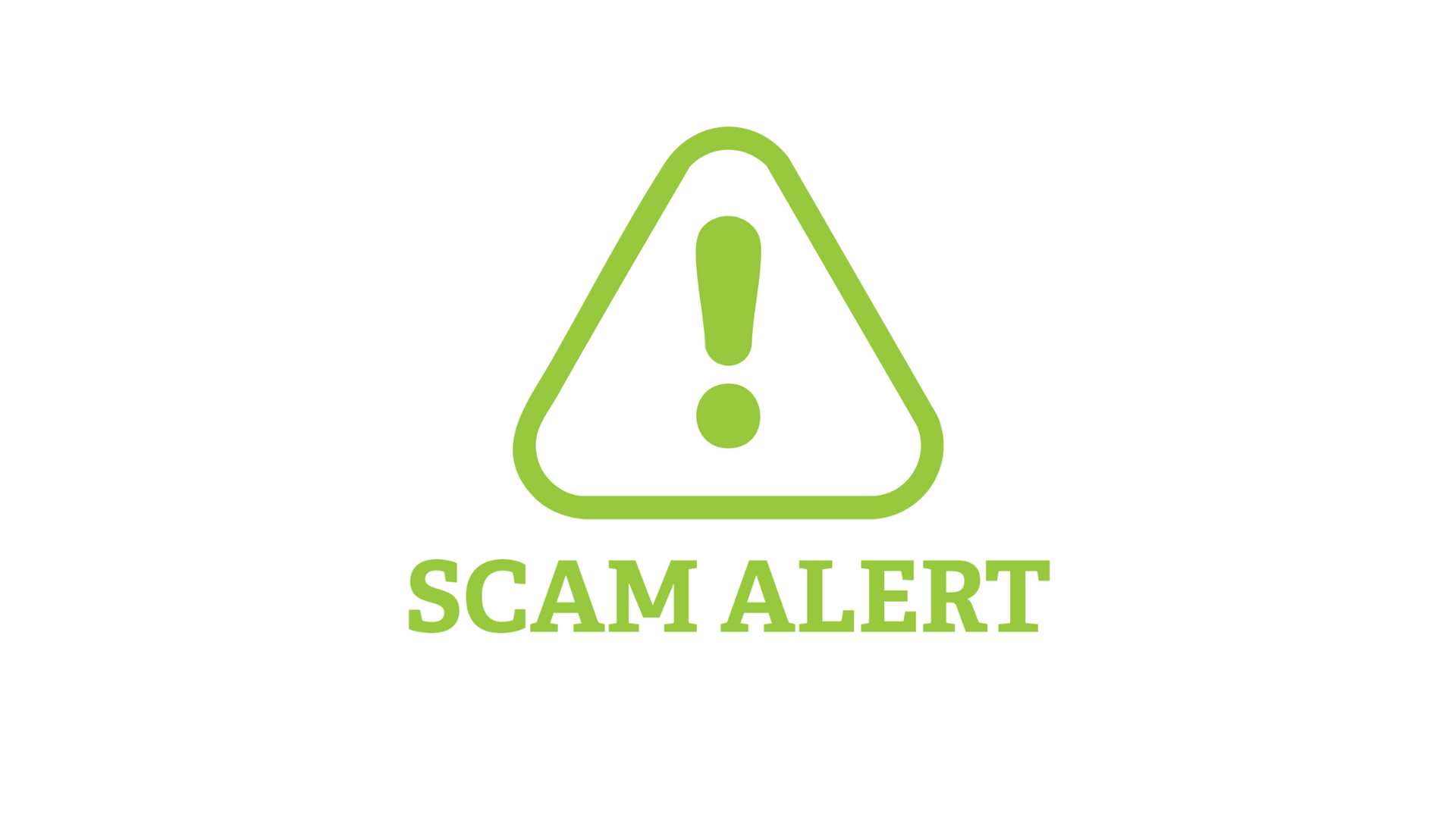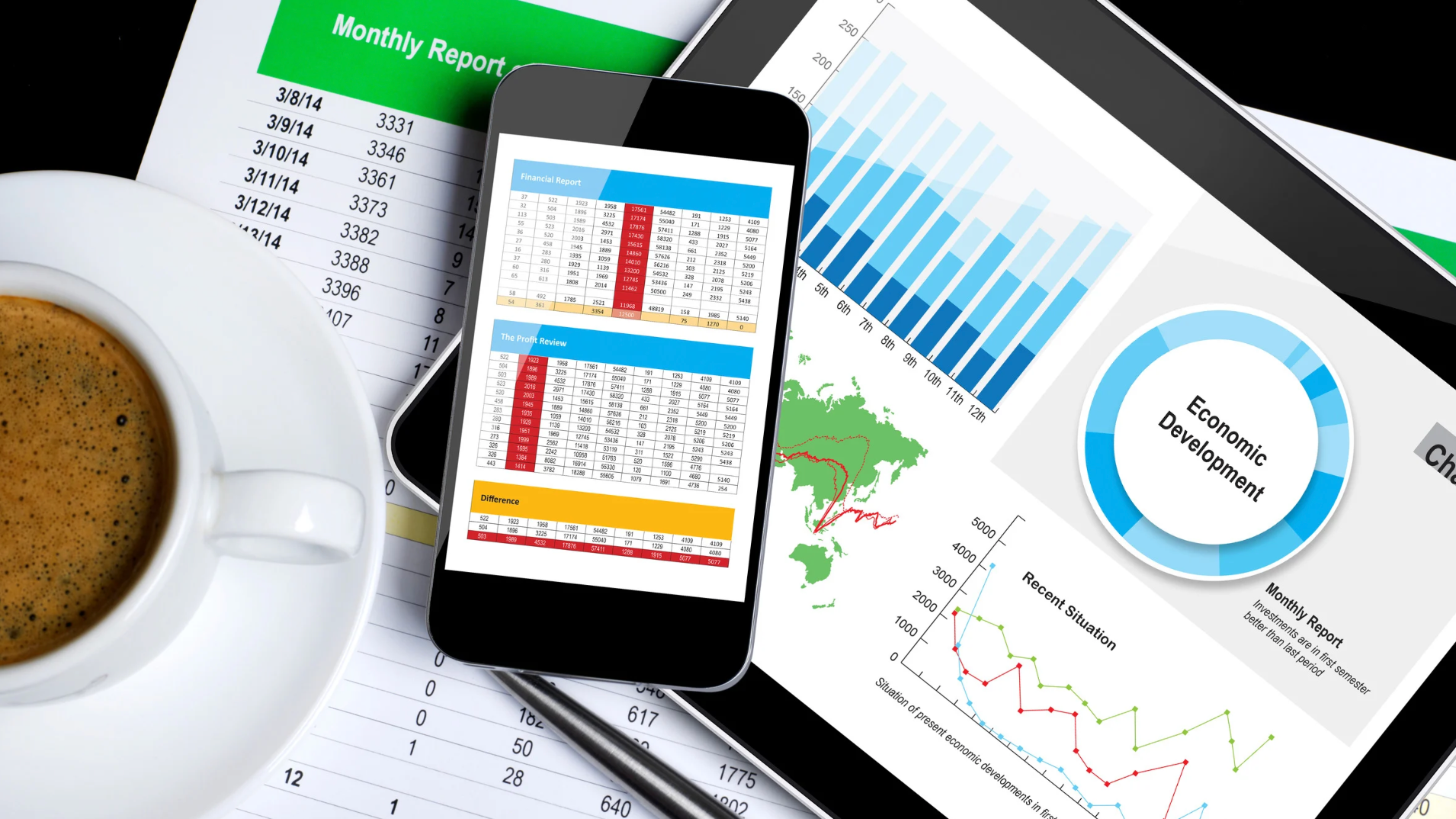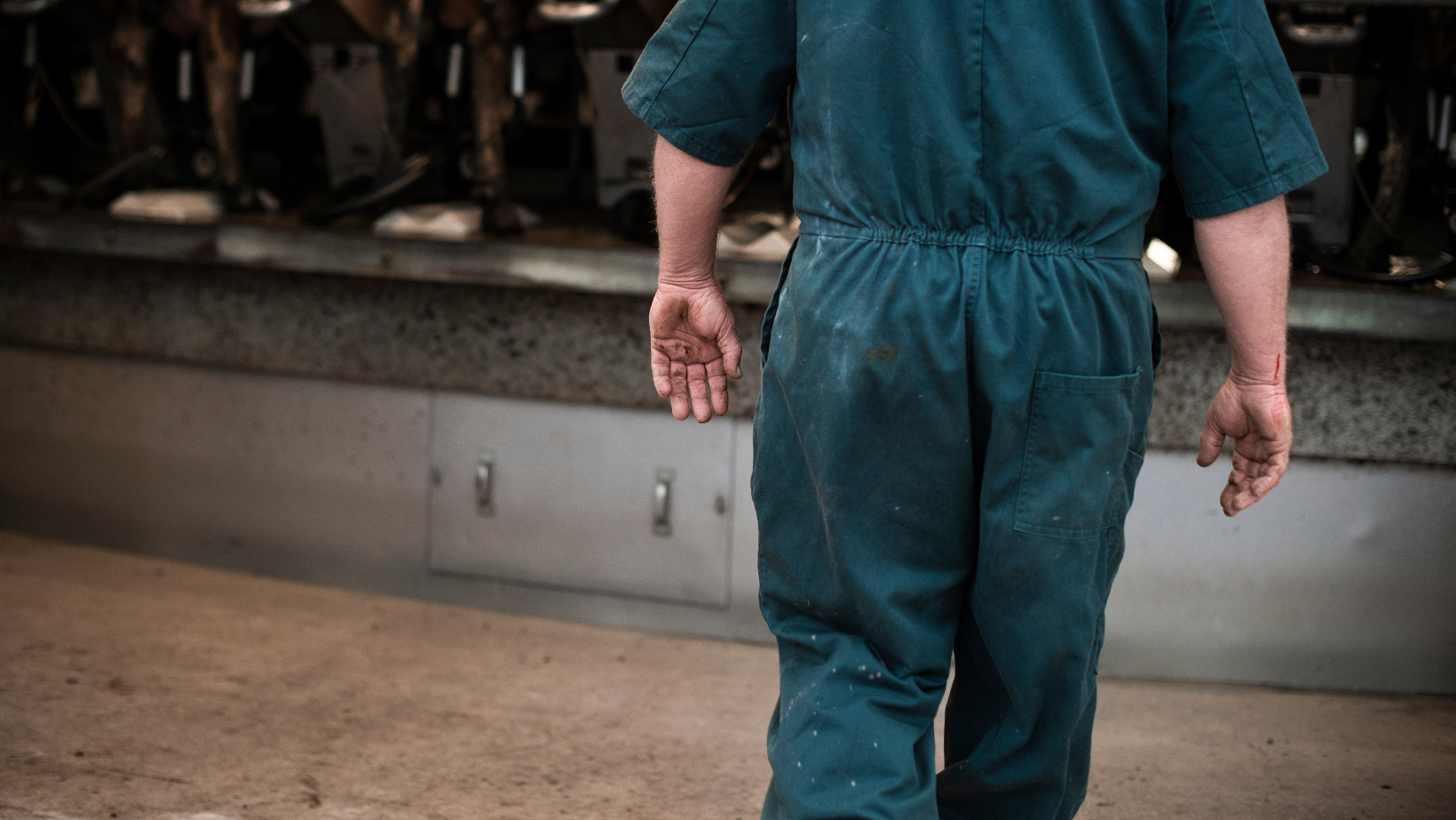The decision to own or lease equipment is a significant one for businesses in the transport and manufacturing industries. Each option has its own set of advantages and disadvantages, and the best choice often depends on the specific needs and circumstances of the business. We explore some of the key considerations for both ownership and leasing, to help you make an informed decision.
Ownership of Equipment
Advantages:
- Long-term cost savings: Owning equipment can be more cost-effective in the long run. Once the initial purchase cost is covered, the ongoing expenses are generally lower compared to leasing. This can lead to significant savings over time.
- Asset value: Owned equipment is a tangible asset that can be used as collateral for loans or sold if necessary. This can provide financial flexibility and security for your business.
- Tax benefits: Ownership can offer tax advantages, such as depreciation deductions, which can reduce taxable income.
- Control and customisation: Owning equipment allows for greater control over its use and maintenance. You can customise the equipment to better suit your specific needs without restrictions imposed by leasing agreements.
Disadvantages:
- High initial costs: The upfront cost of purchasing equipment can be substantial, which may strain your business’s finances.
- Maintenance and repairs: You, as the owner, are responsible for all maintenance and repair costs, which can be unpredictable and expensive.
- Depreciation: Equipment depreciates over time, which can reduce its resale value and the overall return on investment.
Leasing of Equipment
Advantages:
- Lower upfront costs: Leasing requires a lower initial investment compared to purchasing, which can be beneficial if your business has limited capital.
- Access to latest technology: Leasing allows businesses to upgrade to newer, more advanced equipment more frequently, ensuring you have access to the latest technology.
- Predictable expenses: Lease agreements typically include maintenance and repair services, providing predictable monthly expenses and reducing the risk of unexpected costs.
- Flexibility: Leasing offers flexibility, allowing your business to adjust its equipment needs based on changing demands without the long-term commitment of ownership.
Disadvantages:
- Higher long-term costs: Over time, leasing can be more expensive than owning due to ongoing lease payments.
- No asset ownership: At the end of the lease term, your business does not own the equipment and must either return it or negotiate a new lease.
- Usage restrictions: Lease agreements may impose restrictions on how the equipment can be used, which can limit operational flexibility.
Considerations for the Transport Industry
In the transport industry, the decision to own or lease equipment often hinges on the nature of the business and its financial health. For instance, if you are a large transport company with stable cash flow you might prefer owning your fleet to capitalise on long-term savings and asset value. Conversely, if you are a smaller company or a startup you might opt for leasing to minimise initial costs and maintain financial flexibility.
Considerations for the Manufacturing Industry
For manufacturers, the choice between owning and leasing equipment can significantly impact your operations. Owning equipment can be advantageous for long-term manufacturing operations that require specific machinery tailored to your needs. However, leasing can be beneficial if you need to manage cash flow carefully or want to access the latest technology without the burden of high upfront costs.
Ultimately, the decision to own or lease equipment depends on various factors, including financial stability, operational needs, and long-term business goals. By carefully weighing the pros and cons of each option, businesses can make informed decisions that best support their growth and sustainability.













